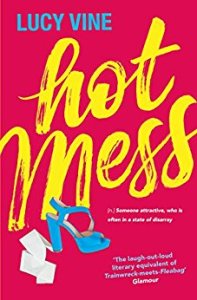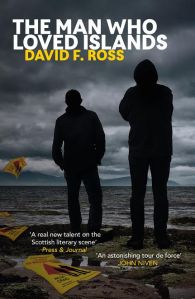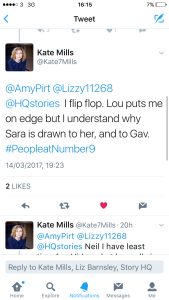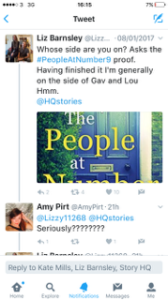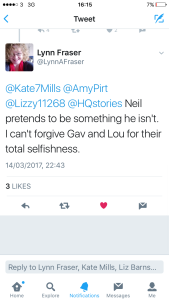Blog Tour, Day 8: What Will Burn by James Oswald

She always knew she would die like this.
Hooray, another James Oswald novel! It was about time I got another McLean fix, and What Will Burn is no slow burn (sorry, I couldn’t resist). As usual, good old-fashioned crime is coupled with the supernatural, and Oswald has taken the ever-popular theme of witches on this occasion. You won’t be asking your mates on Zoom, ‘When will we three meet again?’ (yeah, yeah, sue me, Shakespeare), because you’ll be too engrossed in discovering what happened to the latest murder victim.
We meet McLean again as he is demoted to detective inspector, after – unsurprisingly – he upsets his seniors in the previous novel by doing things entirely his own way. His rank is not the only change in the book, as his erstwhile sidekick, Janie Harrison, is promoted to detective sergeant, and the rather suggestive Gail Elmwood is the new Chief Superintendent. But what is mysterious is why anyone would want to set fire to the hermit-like Cecily Slater, whose burned corpse, or what remains of it, is discovered in the gamekeeper’s cottage on the Bairnfather estate. Is the murderer close to her, the motive being money? Or is something far more sinister occurring?
What I really enjoyed about What Will Burn was the contrast between the novel’s strong female characters and the vengeful, wronged men who are manipulated by Tommy Fielding, a lawyer who also runs a Fathers For Justice-like organisation. Cecily Slater exerted her independence by refusing to live anywhere but the gamekeeper’s cottage, despite being landed gentry, and she accepts her unbelievably violent fate stoically. In contrast, the fathers who flock to Tommy Fielding are easily persuaded into thinking that they have been deeply wronged by their ex-partners and should have access to their children, even when they have committed domestic violence, statutory rape and child pornography offences. However, just as Fielding seeks justice for his fathers, Oswald grants it for their victims.
This was another thoroughly enjoyable Inspector McLean novel: if you haven’t read Oswald before, be sure to start with the first book in the series, Natural Causes.

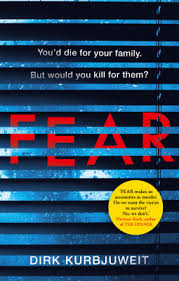
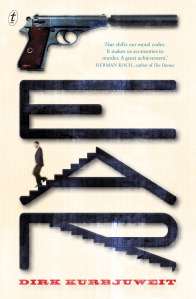
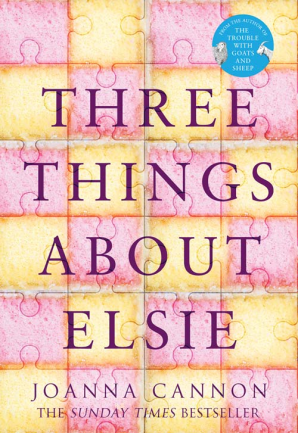 There are three things you should know about Joanna Cannon.
There are three things you should know about Joanna Cannon.